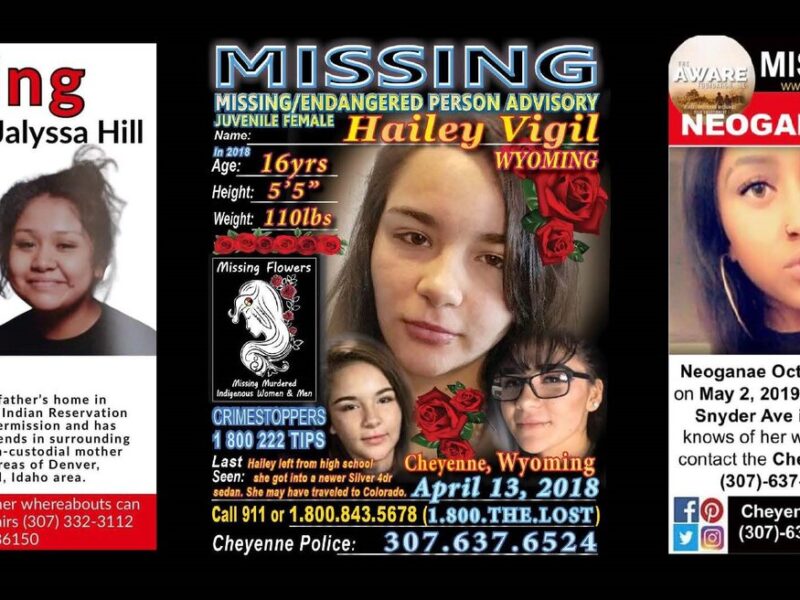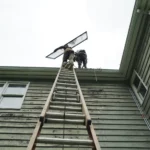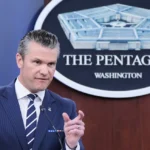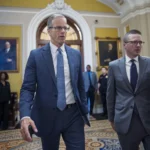New Efforts Launched to Find Missing Native American Women
Gabby Petito case draws attention to unresolved issue in Wyoming
- Published In: Other News & Features
- Last Updated: Oct 06, 2021

In Wyoming alone, 710 Native Americans were reported missing between 2011 and September 2020, according to a report prepared for the state by the Missing and Murdered Indigenous People Task Force. (Courtesy photos)
By Michael Tunison
Special to the Wyoming Truth
Recent efforts nationally and statewide to address the plight of missing and murdered Native American women in Wyoming have gained new attention after the body of a 22-year-old Florida woman was discovered in Grand Teton National Park.

Gabby Petito’s death and the ongoing search for her fiancé as a suspect have made national and international headlines while also drawing criticism about the media’s rush to cover the cases of missing white women while ignoring those of missing women of color.
U.S. Secretary of the Interior Deb Haaland, who in March became the first Native American to serve as a presidential cabinet secretary, seized the opportunity in late September to hold a news conference on the subject. Haaland said the Petito case, while wrenching on its own terms, should also serve as a reminder of the thousands of missing Native American women and girls in the United States, whose cases are seldom the stuff of sensationalized headlines.
Haaland is a member of the Pueblo Laguna tribe and served as a congressional representative from New Mexico before President Joe Biden nominated her to oversee the Department of the Interior.
The missing Native Americans issue affects Wyoming in a major way because it is home to the Wind River Reservation, the seventh-largest reservation in the United States. Its 2.2 million acres are home to the Eastern Shoshone and the Northern Arapaho tribes.
In Wyoming alone, 710 Native Americans were reported missing between 2011 and September 2020, according to a report prepared for the state by the Missing and Murdered Indigenous People Task Force. Of that total, 85 percent were minors and 57 percent were women. The report also stated that 20 percent of Native Americans reported missing were missing for 30 or more days, nearly double the 11 percent figure for white people.
From 2010 to 2019, the homicide rate per 100,000 people for Native Americans was eight times the rate for white people. Since 2000, Native Americans have made up 21 percent of the homicides in the state, despite accounting for only 3 percent of the population.
During the press conference, Haaland cited personal stories of seeing Native American families post photos of missing loved ones on fences or the sides of buildings, seeking help locating them. When she’s seen these images, “you know I see my sisters,” she said. “I see my mother. I see my aunties or my nieces or even my child. So, I feel that every woman and every person who is in this victimized place deserves attention and deserves to be cared about.”

Earlier this year, Haaland established a Missing & Murdered Unit within the Bureau of Indian Affairs Office of Justice Services. When it was announced in April, Haaland said the new unit will provide resources and leadership to prioritize cases of missing and murdered Native Americans. New positions will be created to assist with investigations, as well as providing services to the families of victims.
Assistance from the federal government is critical because of the unique challenges facing tribal authorities on Native American land. Tribal law enforcement in most cases lack the jurisdiction to arrest, charge and prosecute non-Native Americans, though the U.S. Supreme Court this year upheld their ability to detain and investigate non-Native American suspects of crime committed on reservations, at least while they wait on backup from conventional law enforcement. However, even that ability to detain is limited, and tribal officers have spoken of less than eager cooperation from federal officers.
On the statewide level, in recent years, several legislative efforts have been pushed that could provide Wyoming authorities with resources to find missing women — Native American or otherwise. In 2020, Gov. Mark Gordon signed legislation requiring state agency cooperation with federal, tribal and local entities to provide alert systems and to assist with investigations regarding missing and murdered Native Americans.
Two other initiatives have been floated. So far, they have been stymied, yet supportive officials continue to search for opportunities to pass bills relevant to the issue. Rep. Art Washut (R-Natrona County) is looking into a bill that would establish a state-maintained uniform database of missing persons, which Wyoming lacks, the only state in the region without one. He is working with Casper resident Desirée Tinoco, who started a Facebook group, now 11,000 members strong, dedicated to tracking missing people in Wyoming.

It’s unclear at this point what the database would look like and whether it would include breakouts by demographics, but it could be conducive to coordinating search efforts and keeping citizens informed. Wyoming often ranks in the top 10 states in missing persons per 100,000 residents.
Washut, the state representative, said via email that he has suggested to the Casper city manager that having the Wyoming Association of Municipalities support a bill creating the database would be a great help. Washut said if the organization endorses the concept, then he might have the bill drafted and see how many co-sponsors he can get, and what other legislators have to say. Otherwise, it will have to wait until the next legislative session in early 2022.
As for the capabilities of tribal law enforcement, attempts at recognizing the jurisdiction of Wyoming tribal police through legislation were made in 2013 and again in 2020. State Sen. Affie Ellis (R-Laramie County) is among the legislators hoping to move a bill forward that would allow tribal officers to arrest offenders of egregious traffic offenses and drunk driving, transporting them to a Fremont County Jail for processing.
Ellis, a member of the Navajo Nation and the first Native American to serve in the Wyoming Senate, concedes this specific bill passing “would not be a perfect solution; it’s more of a workaround.”
Any substantive change in the scope of tribal law enforcement would have to come from the federal level. Still, she hopes that the bill would act as a force multiplier that could impact the search for missing Native Americans.
“Because of jurisdictional problems, this affects missing persons,” Ellis said. “Criminals aren’t stupid. They know how to exploit the weaknesses in the system. The hope here is giving authorities as many tools as possible to locate them.”













